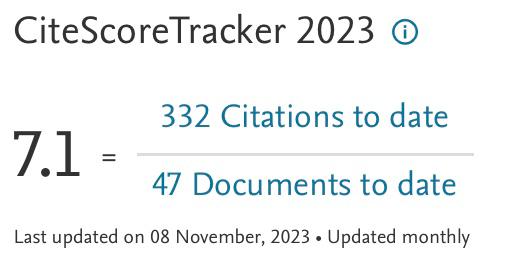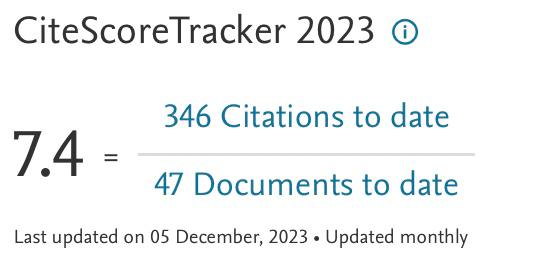Study of Self Diffusion of Nanoparticle using Dissipative Particle Dynamics
Keywords:
DPD, Dissipative Particle Dynamics, Selfdiffusion, nanofluids, nanoparticleAbstract
Nanofluids have been proven to exhibit enhanced thermal properties in heat transfer applications. To further improvise the thermal enhancement, it made sense to investigate the self-diffusion of the nanoparticles in the base fluid. However, the numerical study on the diffusivity of the nanoparticle is very limited. In this study, the diffusivity of nanoparticles with diameters of 17nm and 500nm was investigated numerically. Only the collision force between DPD and nanoparticles as well as drag force by the surrounding fluid is considered. The alternative expression of Boltzmann temperature proposed in the previous publication was applied to the current DPD (Dissipative Particle Dynamics) model for nanofluids. The volume concentration of the nanoparticles was fixed at 4% with water as the base fluid. Four test cases with different testing parameters were reported. The developed DPD model successfully captured the Brownian Motion of the nanoparticles. Other than that, the obtained diffusivity of the nanoparticles also agreed well with the past experimental results and Einstein’s correlation. The present study obtained a percentage difference of approximately 3% to 30% compared to both past experimental results and Einstein’s correlation. However, it is worth noting that a higher number of nanoparticles reduced the diffusivity of nanoparticles.
Downloads






















